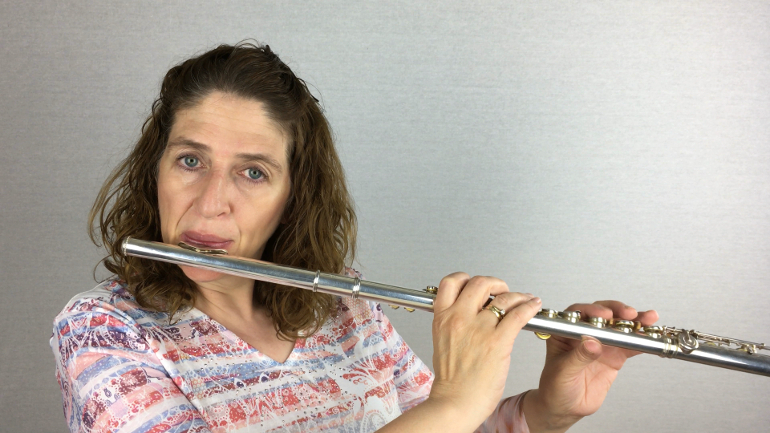Do any of you have trouble getting a triple tongued passage steady and even on all syllables? It’s quite an interesting conundrum that using the TKT KTK form of triple tonguing can be unsteady or uneven. However, using TK TK for double tonguing can be totally even. Why doesn’t it work for triple tonguing, when it does work for double tonguing?
Unsteady triple tonguing is an interesting problem that has a fun & challenging solution.
The best method that I have found to fix that problem is to practice triple tonguing in reverse. That is, practice beginning with the K sound rather than the T sound. The obvious emphasis in practicing triple tonguing is on the first T sound. For some, this emphasis makes the KTK become uneven. It definitely did for me until one of my teachers suggested that I reverse the triple tongue and begin with the K sound. It drove me crazy because it was so uneven. But, when I began giving the first K the emphasis and the other 5 no emphasis, it began to even out. Now you will still need to practice slower then normal because your fingers and tongue need to figure out how to work together but then you can increase speed and watch how it all comes together.
Go get some music with a passage of triple tonguing to practice. The Dutilleux Sonatine has a nice passage that has caused me some evenness issues. Use a metronome when you practice this backward. It really helps to keep the tempo dead-on-steady. You still need to concentrate and do the work of practicing backwards to cure the problem. Eventually, you will be able to triple tongue backwards and forwards without it feeling like work.
It’s great to do this with double tonguing as well. Because, I find a lot of times with my students that their TK TK TK is a little bit uneven. So, by switching the T and K around you begin to train the K to be just as strong as the T. This is the theory of why it it beneficial to practice triple tonguing forwards and backwards. You train the K to be as strong as the T – thus evening out your triple tonguing.
Try it and tell me what you think. It may be the answer you are looking for!
Have fun,
DoctorFlute
Watch me demonstrate this:
FluteTips 46 Practicing Triple Tonguing in Reverse

FluteTips 19 Low Register Tonguing

Practice with Me Low Register Tonguing

FluteTips 47 Pizzicato Tonguing

